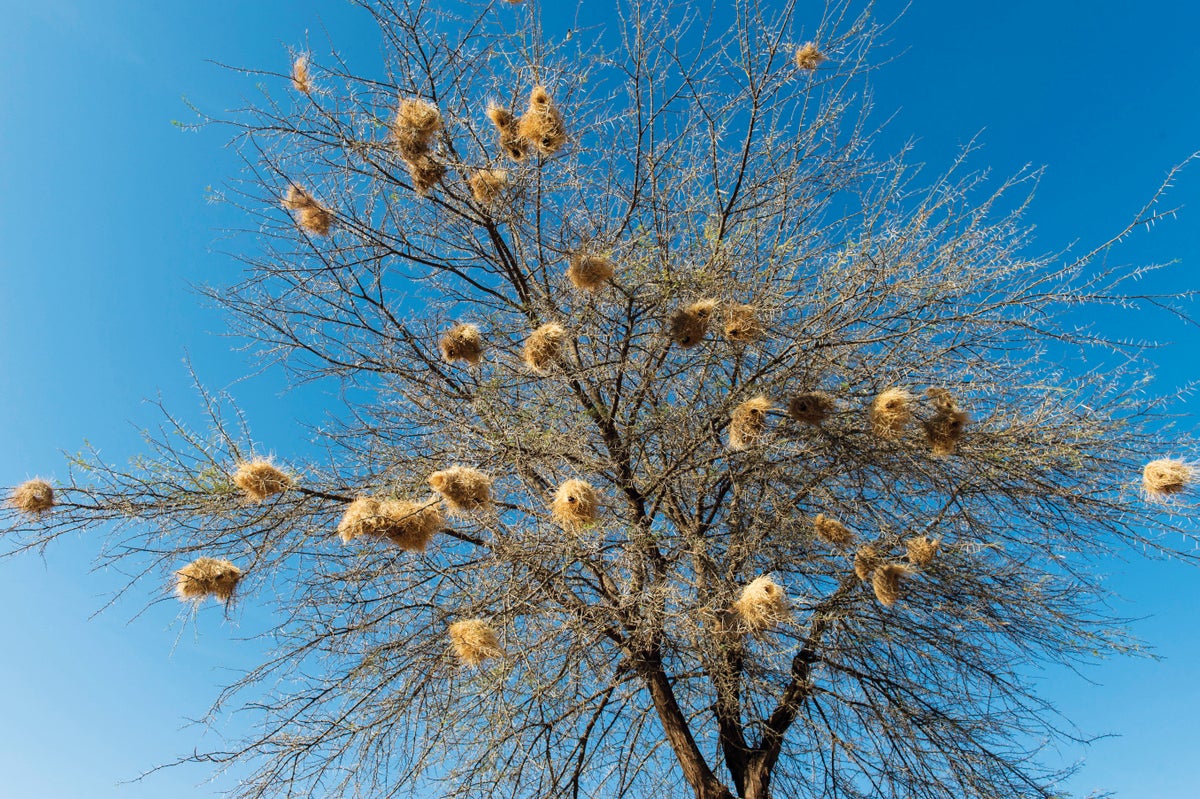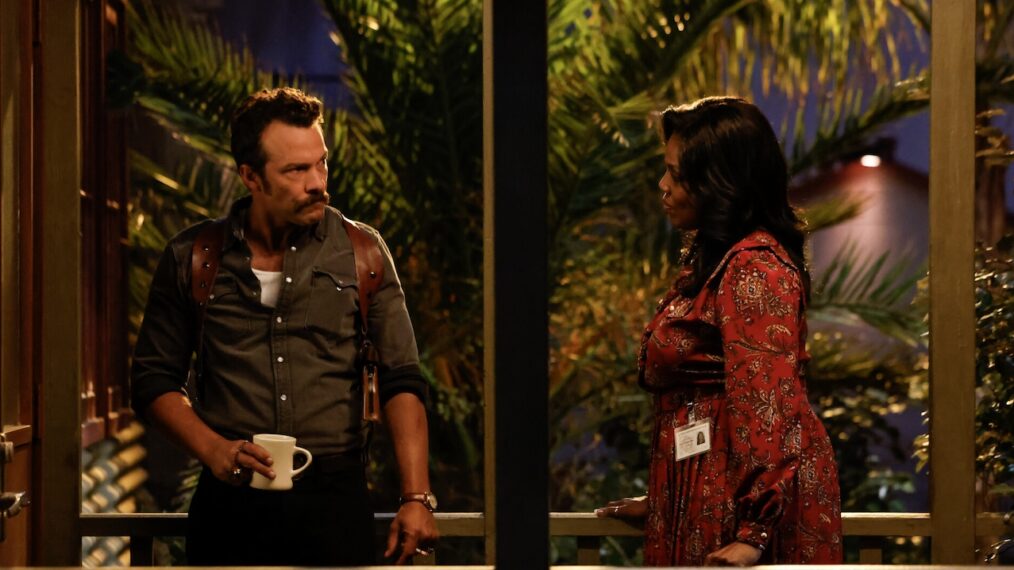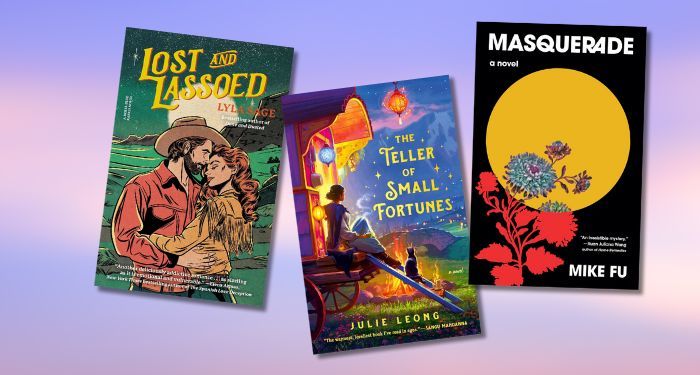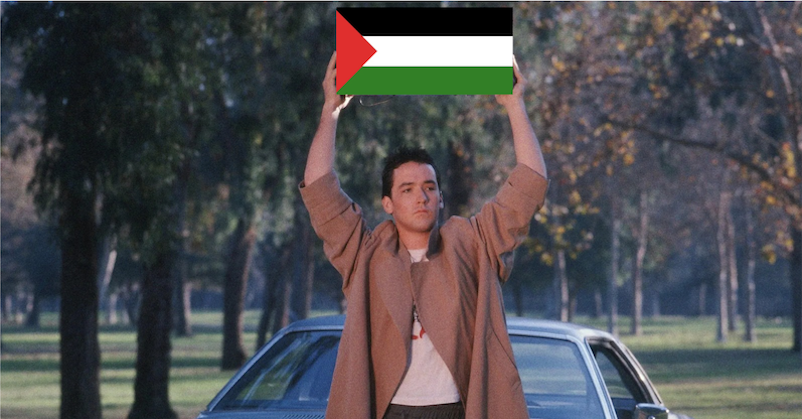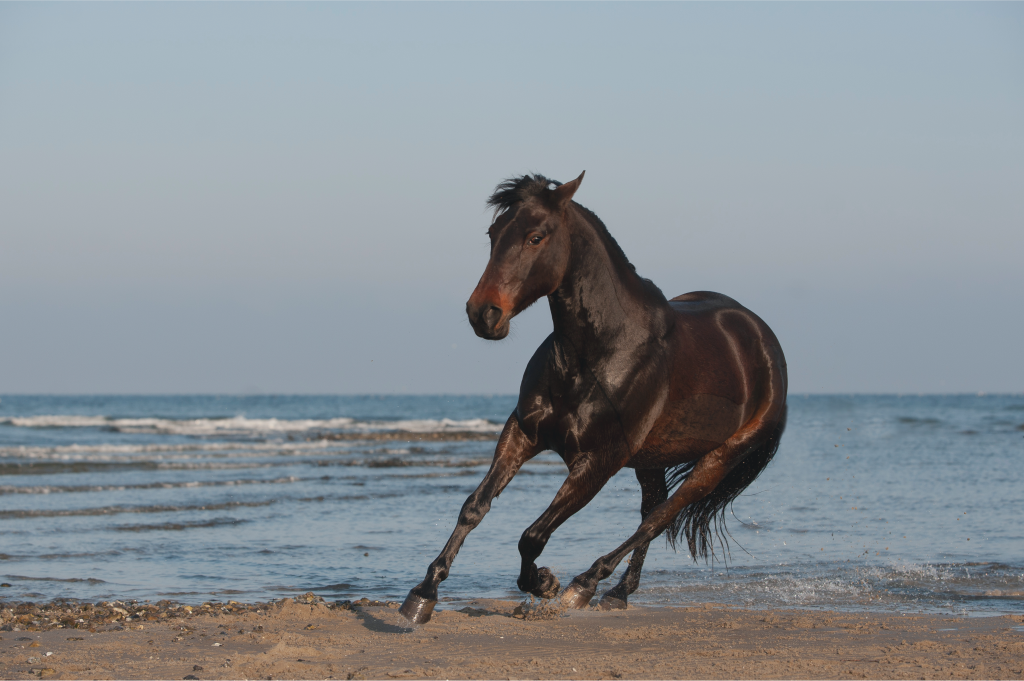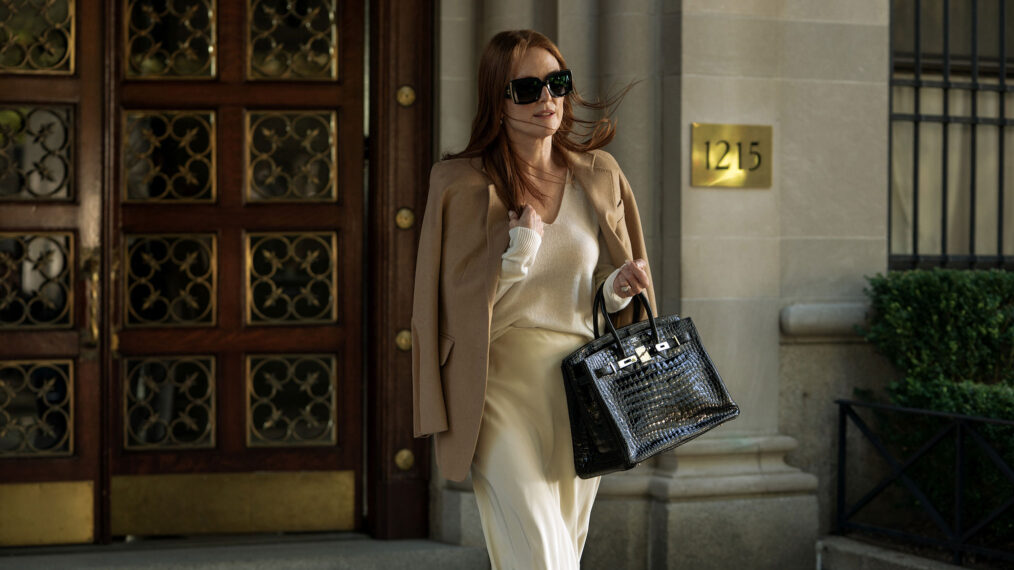The camera is a shrewd interlocuter in Erige Sehiri’s narrative debut Under the Fig Tree, which chronicles a summer workday for a group of Tunisian fig harvesters. Under the guidance of DP Frida Marzouk, that camera peers through the corrugated branches of the orchard’s fig trees, trails the overworked characters as they delicately pick the soft fruit and ambles into gossip sessions and heated quarrels. It is curious, but rarely overbearing — a position that grants viewers unique entry into the lives of these women.
Premiering in Cannes’ Directors’ Fortnight sidebar, Sehiri’s film is an elegant, understated tapestry of complex interactions. The protagonists, played by an intergenerational group of nonprofessional actors, debate societal expectations and narrow sexual mores while whispering secrets, sharing meals and shedding tears. Their conversations resemble fireside chats, where the past is recounted and visions of the future forged.
Under the Fig Trees
The Bottom Line
An understated and intimate story of sisterhood.
The film opens at dawn, with a crew of women huddling by the road in a rural part of northwest Tunisia. They wait for the foreman of the fig farm where they all work to pick them up. This is the quietest moment of the film, soundtracked by the low murmurs of an older woman, dogs barking in the distance and birds singing their morning call. “She took everything and left,” the older woman says at one point. Whom is she referring to and what were they fleeing? These are the kinds of elusive snippets of dialogue peppering Under the Fig Tree, adding to the feeling that we — the viewers — are eavesdropping.
But the steady camerawork counters those initial feelings of espionage. Sehiri stays close to the women, focusing on their faces and the back of their heads, giving us the sense that we are among them. The first scintillating moment comes when Fidé (Fidé Fdhili), a young woman wearing a blue denim button-down and a red scarf loosely tied around her hair, gets into the passenger side of the car instead of the cargo bed, where the others sit. Her preferential treatment — a result of the burgeoning crush the foreman has on her — is the subject of gossip in the back. It’s also the root of a schism between her and the other workers her age, young women with more conservative views.
Fidé serves as the film’s central figure. Her relationship with the other women acts as connective tissue, her more progressive opinions on gender and the patriarchy ultimately igniting a bit of drama. Sehiri met Fdhili, who plays a version of herself, during an open call audition. According to press notes, the young Tunisian wasn’t initially interested in auditioning, but she did invite Sehiri to observe her at her summer job picking fruit. That day with Fdhili and her fellow harvesters inspired the film’s narrative.
It also, I suspect, helped with the finer details, too — the ones that make Under the Fig Tree such a pleasurable and immersive experience. The languid, relaxed body language, the clipped cadences of shared stories, and the affection with which the women speak to each other even during moments of tension all bolster the film’s realism and its sense of soul.
When they arrive at the farm, the women (and a few men) grab their crates and head to the orchard, where they will spend the day’s remaining hours picking the figs from the branches. The fruit must be harvested gingerly; pull too hard and you risk crushing the soft bulbs, or worse, breaking a branch — an infraction that would lead to certain dismissal.
Sehiri, with the help of editors Ghalya Lacroix, Hafedh Laaridhi and Malek Kamounn, choreographs a delicate dance between conversation and labor, giving equal consideration to each. One moment we are standing with Fidé as she admonishes a friend for caring too much about what men think; in another, we see an elderly fig harvester carefully twisting a ripe fruit off its branch.
The leisurely transitions, somewhat ironically, amp the stakes of the conversations. Confidences are exchanged amid the branches, which hide the workers from the watchful, smoldering gaze of the foreman. Advice is swapped, too. The most riveting scenes are the ones between Fidé and her friends, like Sana (Ameni Fdhili), where they argue fiercely about their fates as women in Tunisia (Fidé thinks Sana should stop doting on her boyfriend). These moments get at the film’s thesis without reducing the lives of these women, especially the young ones, to uninspired PSA messaging.
In fact, Under the Fig Trees is quite an optimistic film. The relationships between the characters contain critical elements of levity — jokes are cracked, teasing comments affectionally made. There are also apologies and amends. This is ultimately a sisterhood, one in which each woman has an understanding that her fate is tied to that of the others. I’ve been thinking of one scene in particular since watching the film: During lunch, all the young women gather in a circle and place the contents of their lunch sacks in the middle, creating a buffet. They marvel at the day’s array, pass plates, make jokes — and it’s clear that beneath the petty grudges and misunderstandings lies a strong and meaningful bond.














